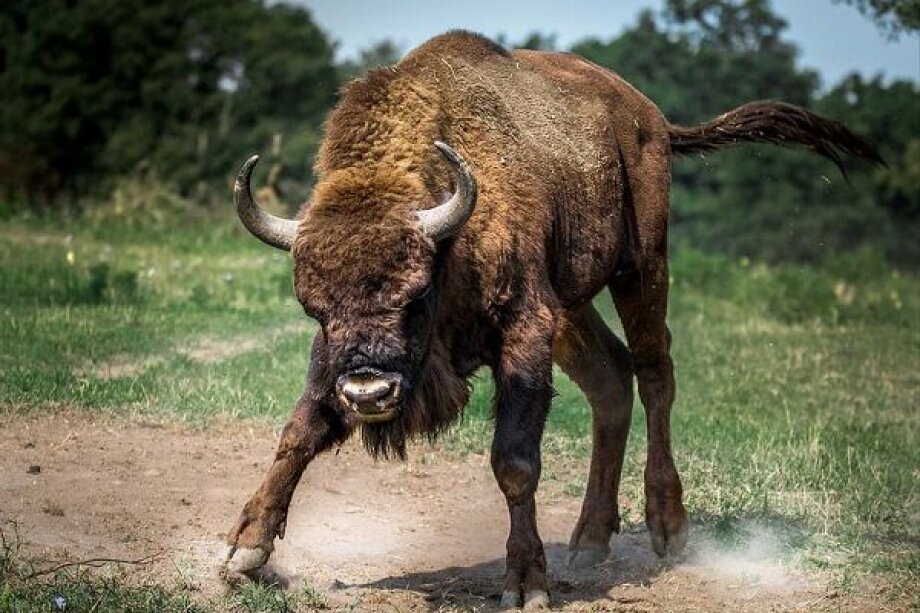European bison becomes less endangered species in IUCN Red List


The European bison changed its status in the Red List of Threatened Species of the International Union for Conservation of Nature (IUCN). It is no longer classified as an endangered species, but as a species close to a threat.
In addition to the European bison, IUCN changed the status of 25 other species in the same way. This shows the effects of effective protection, emphasized IUCN Director General Bruno Oberle. He also noted that the list of species considered extinct is constantly expanding, which means that protective measures against endangered species must be constantly expanded
As emphasized by the IUCN, as a result of long-term conservation plans, the European bison population increased from about 1,800 to 6,200 individuals from 2003 to 2019. The bison survived as a species only in captivity and in the 1950s it began to be released back into the wild.
The organization reminded that 47 herds live in the wild, the largest are in Poland, Russia, and Belarus. However, these populations live in suboptimal conditions, are isolated from each other, and only eight of them are large enough to provide adequate genetic diversity in the long term. Therefore, the fate of the species depends on protective measures, such as moving animals to areas better for them or reducing potential conflicts with people.
(PAP)